Medicinal herbs are a valuable addition to any garden, and they can be grown indoors as well without taking up a lot of space. Cultivating your own herbs helps treat minor cuts, burns, allergies, etc.
Indoor herb gardens are a great way to enjoy the benefits of herbs year-round. Additionally, growing your own herbs can save you money on herbs from the grocery store.
You can create your own survival apothecary by growing your own medicinal herbs. Many medicinal herbs are easy to grow, and they will thrive in various climates.
Here are some of the most common medicinal herbs you can grow at home:
1. Turmeric
Many homesteaders love to grow Turmeric in their medicinal home garden. It is known to possess a powerful antioxidant called curcumin.
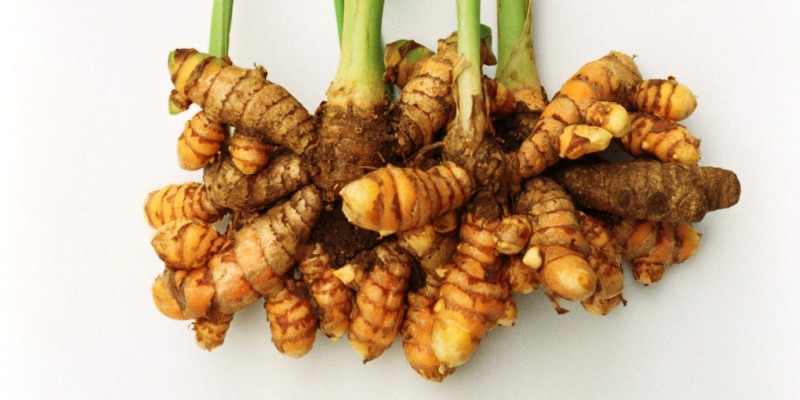
Herbalists use dried rhizomes to harvest curcumin from the turmeric plant. For centuries, it has been known that curcumin plays a vital role in treating arthritis, muscle pain, cold, flu, etc.
Golden Milk, a popular homemade natural remedy, treats fever and cold.
Many studies have concluded that curcumin helps combat various illnesses such as Alzheimer’s Disease, Cancer, and certain Heart conditions.
How to grow Turmeric?
You can start by planting a single turmeric root in slightly moist potting soil. You must ensure that the soil is not even slightly wet before planting the root.
Like planting seed potatoes, the Turmeric root must be broken into smaller parts containing a bud in each one of them.

Next, place a single turmeric root with its bud into a 5-gallon container with a few drainage holes in the bottom.
You can plant the root two inches deep with its bud facing upwards.
It has been known that Turmeric grows well under bright sunlight. During the latter stages of spring and summer, the turmeric plant can be brought outside for massive growth.
You must water the plant after a couple of days to ensure that the soil remains moist. Make sure that the medicinal herb remains mist during the watering sessions. Moreover, you should always maintain the soil isn’t soggy.
It takes the turmeric plant up to 10 months to be fully matured.
2. Lemon Balm
Lemon balm is a favorite of bees and other pollinators, and its fresh, lemony scent is excellent for clearing your breath.

Lemon balm is a member of the mint family with a long history of use in traditional medicine. It has various potential benefits, including reducing anxiety and stress, improving sleep quality, and fighting inflammation.
Lemon balm is also a rich source of antioxidants, which can help protect cells from damage.
How to grow Lemon Balm?
Plant the seeds within an enclosed plot of soil about 1/4 inch deep. Cover them with only a light covering of soil.

Until the seeds sprout, make sure to keep them moist but not damp.
In the beginning, you have to keep the seedlings 8 inches apart. As they gradually mature, you can thin them by 18 inches apart.
3.Tarragon
Originating from Central Asia, Tarragon (Artemisia dracunculus) is a hardy perennial herb that has been used for centuries for its culinary and medicinal properties.
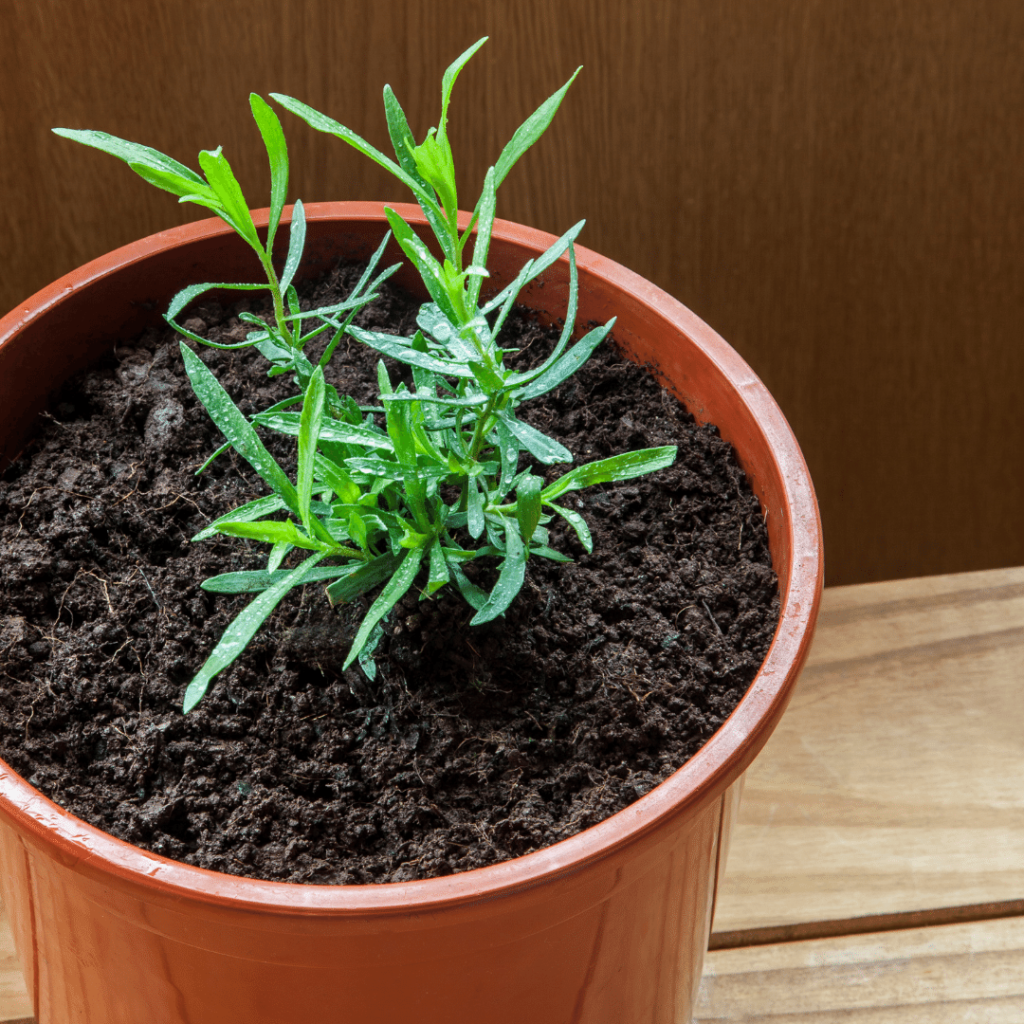
Tarragon is a rich source of antioxidants and minerals and has anti-inflammatory and antibacterial properties. Tarragon is also a good source of vitamin C and vitamin B6.
How to grow Tarragon?
Take a medium-sized bucket and sow the seeds at least six inches deep in it.
The planted tarragon seeds should be covered with a cotton cloth or a paper towel until they sprout.

Ensure the potting soil is moist and lightweight.
When the tarragon seeds grow up to 2 inches tall, you can transplant them into individual containers after thinning them out.
4. Echinacea
Echinacea, also known as the purple coneflower, is a medicinal herb used for centuries to treat various illnesses.

Some of the benefits of Echinacea include: reducing the severity and duration of colds and the flu, boosting the immune system, treating infections, and reducing inflammation.
How to grow Echinacea?
This medicinal herb grows well in a bright sunny environment. It grows well in typically less damp conditions, but you should not let the soil dry out completely.
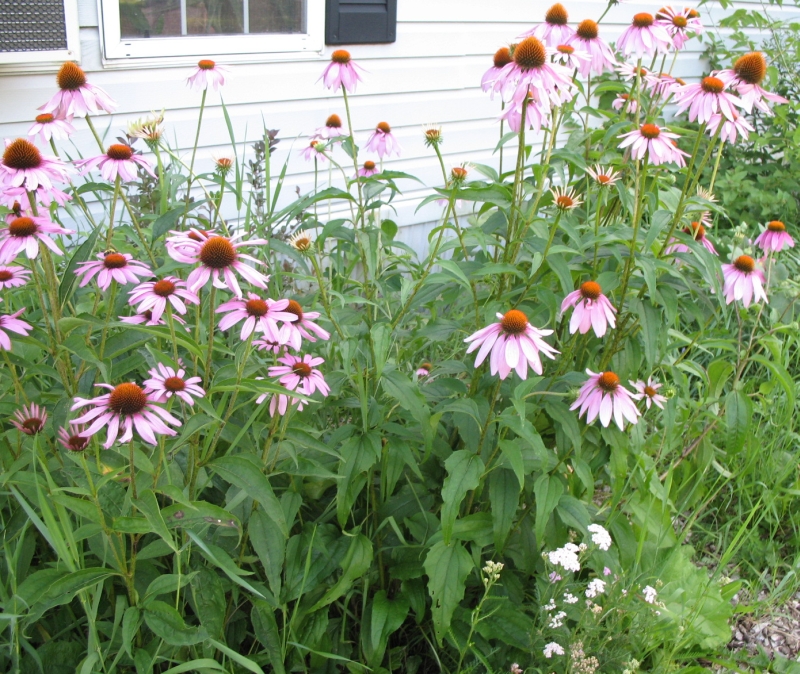
Sow the seeds one-fourth inch below the soil surface. It is recommended to water the herb after a gap of two days. Frequent watering can kill the herb quickly.
5. Thyme
Thyme is a small, perennial, bushy shrub that is a member of the mint family. It is native to the Mediterranean region but grows well in other temperate climates.

Thyme has small, gray-green leaves and produces small purple flowers. The leaves and flowers are both used for culinary and medicinal purposes. Thyme is high in vitamins A and C, manganese, iron, and calcium. It also contains antioxidants that can help protect the body from disease.
How to grow Thyme?
Thyme seeds should be planted in well-drained, lightweight soil. It thrives under bright sunlight. Make sure that the pH value of the soil is between 6.5 to 7.0
6. Basil
Basil is an annual herb from the mint family. The leaves are used in many dishes, both savory and sweet. Basil has a long history of use in traditional medicine and is now being studied for its potential health benefits.

Basil is high in antioxidants and may help protect against cancer. It also contains anti-inflammatory compounds that may help reduce the risk of heart disease. Basil is a good source of vitamin K, which is essential for bone health.
Basil has been used by mothers to increase blood circulation and breast milk flow. Native Americans used Basil to remove the venom from snake and insect bites.
How to grow Basil?
In a neutral pH level, well-drained, moist soil, plant the Basil seeds 1/4 of an inch deep beneath the surface.
This medicinal herb grows well under bright sunlight.
Make sure to water it when the soil is dry. It would be best if you water it at the base.
7. Sage
Sage is an aromatic evergreen shrub with gray-green leaves. It is a member of the mint family and is native to the Mediterranean region.
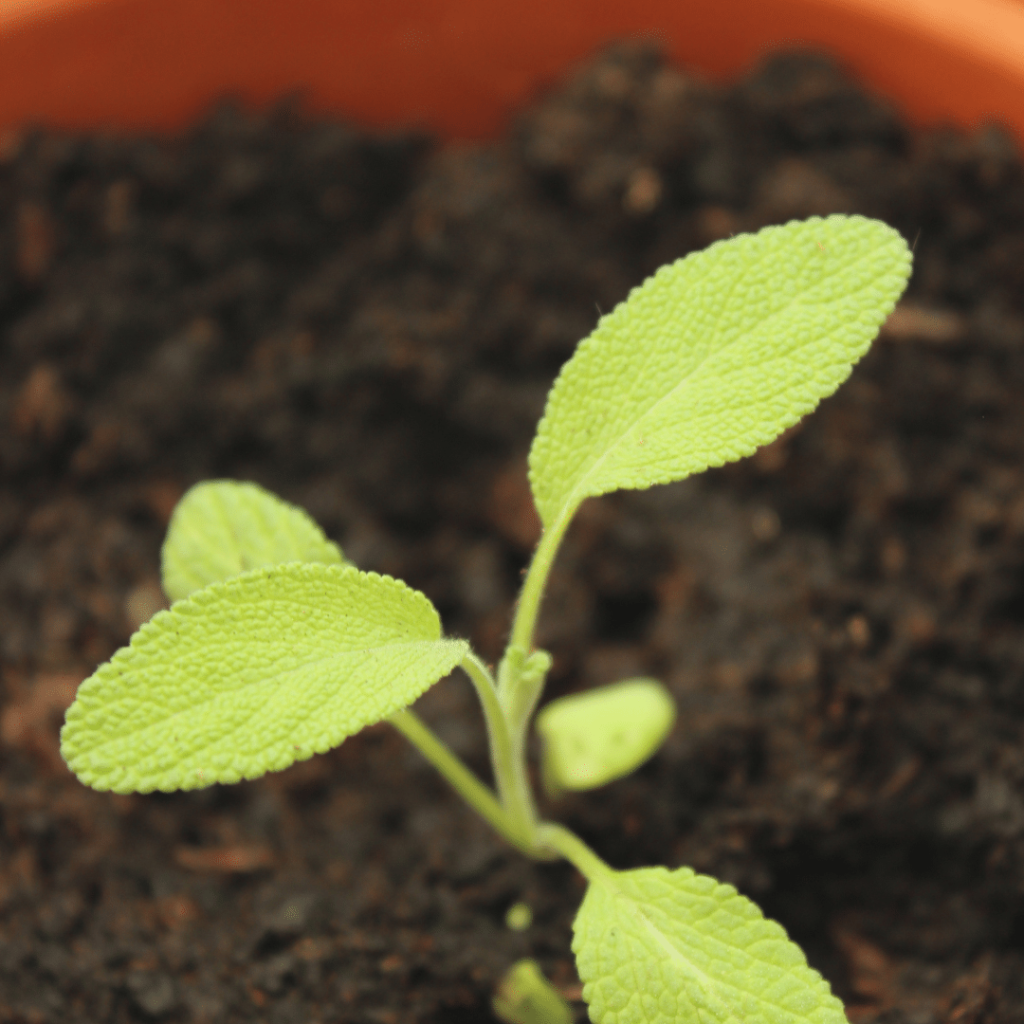
Sage has been used for centuries for its medicinal properties. It is believed to improve cognitive function, memory, and mood. Sage is also said to help treat respiratory infections, digestive problems, and skin conditions.
Recent studies have shown that sage has anti-inflammatory and antioxidant properties.
How to grow Sage?
Sage usually grows well in well-draining, sandy soil. The soil should have a pH balance between 6 and 7.
Sage seeds should be planted 1/4 inch deep beneath the soil’s surface.
It is a windowsill plant that thrives under bright sunlight.
8. Rosemary
Rosemary is a fragrant herb that has been used for centuries in cooking and medicine. It is believed to have many health benefits, including reducing inflammation, improving memory, and protecting the brain from age-related damage.
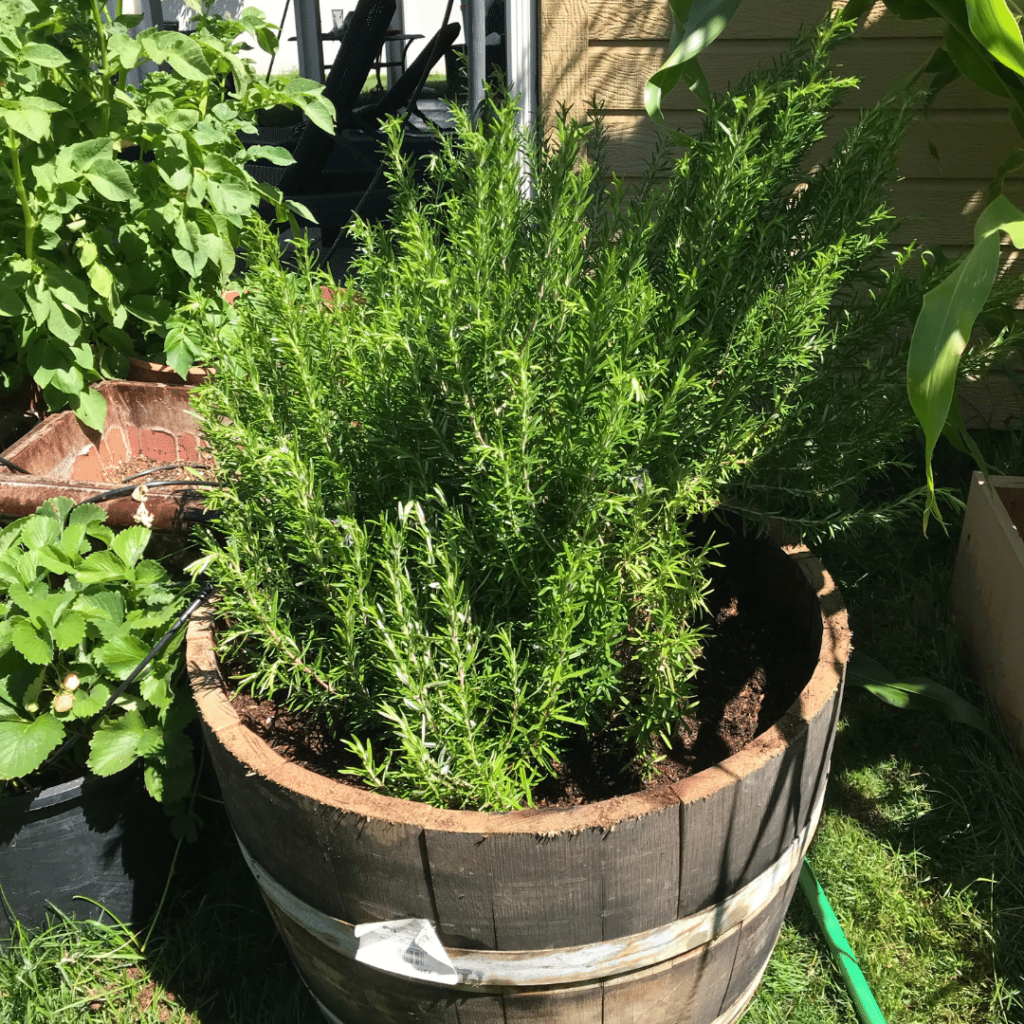
Rosemary is also said to boost the immune system and help detoxify the body. Preliminary research suggests that Rosemary may even help protect against cancer.
How to Grow Rosemary?
It would be best to try to grow Rosemary from its sprout because it is very challenging to grow it from its seed.
Rosemary grows well under medium to bright sunlight. The soil should be well-draining and lightweight.
You should sprinkle the seeds on the soil’s surface and cover them with about half an inch of a seed-starter mix.
In conclusion, there are many medicinal herbs you can grow at home. These herbs can be used to treat a variety of illnesses and conditions. By growing your herbs, you can save money and ensure that you have access to fresh, high-quality herbs.
If you are interested in growing your own herbs, be sure to do your research and choose the right herbs for your needs.



[…] Also Read: 8 Medicinal Herbs You Can Grow at Home […]
[…] consider chives and tarragon to be great companion plants. Both of these plants grow well under the same climatic […]
[…] Also Read: 8 Medicinal Herbs You Can Grow At Home […]